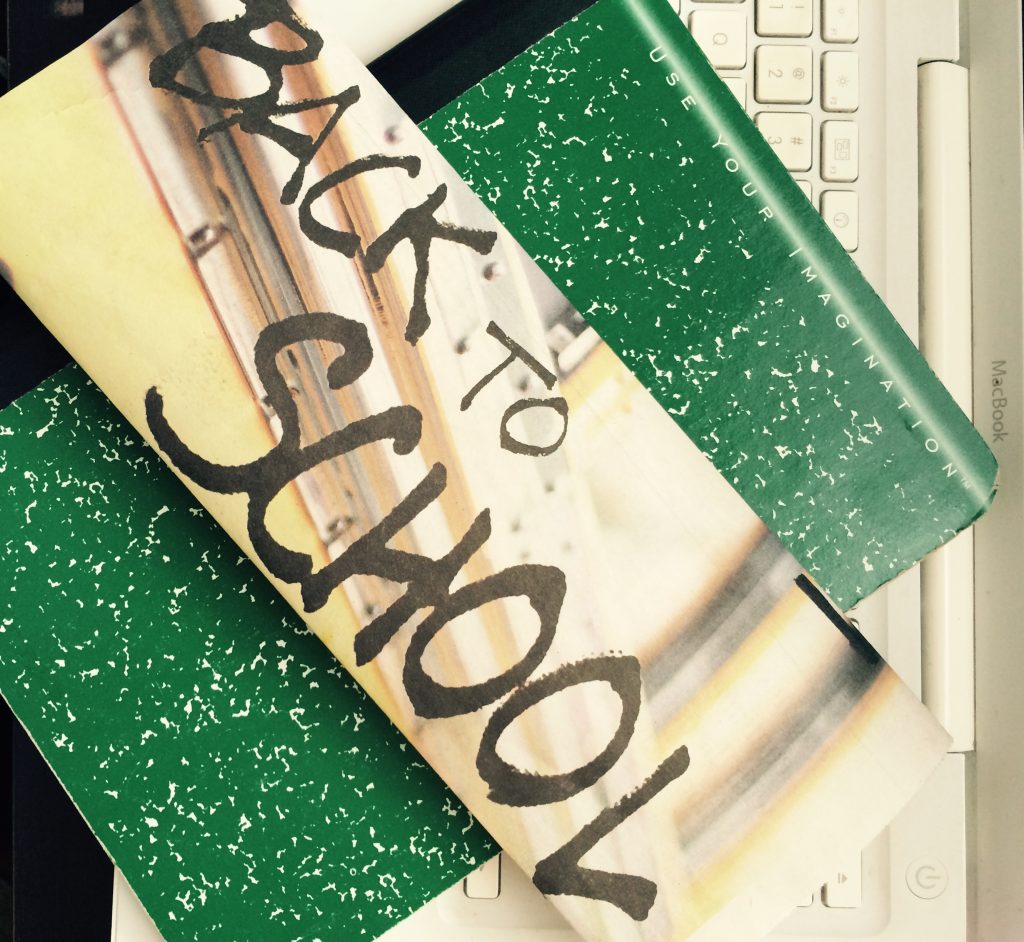Mentally fit teachers are needed in today’s classroom. Schools face numerous challenges impacting teachers, students, and families. Many teachers are leaving the profession earlier than anticipated due to these challenges. Additionally, the changing societal landscape is altering the way teachers are required to approach teaching.
Today, the classroom is no stranger to disruptions. Disruptions make teaching and learning difficult. Teachers and students face many problems that interrupt the learning process.
- Many students have fallen behind in their learning in private and public schools. Since the pandemic, students still struggle.
- Social media and smartphones negatively impact a student’s ability to focus on lessons. Because of the pandemic, students have been more inclined to spend excessive time gaming or being isolated on social media.
- Relationships among students have always been complex. Nowadays, bullying and name-calling have become the norm, transforming normal relationships into dramatic scenarios and leading to changes in social groups.
- Gender and sexuality can create tension between teachers and students, but a respectful climate fosters a healthy learning experience.
Mentally Fit
Most teachers may experience burnout by the middle of the school year, leading to depression and long recovery periods. Schools must implement programs that enhance the school climate and prioritize mental health.
There is a strong connection between burnout and teacher turnover. New and young teachers often overwork themselves, which can lead to a decline in their mental health. Teaching is a demanding profession with heavy workloads and a high demand for student achievement. Many teachers face poor working conditions, including a lack of resources and support from the administration. This leaves them to handle programs, student discipline, and other classroom disruptions independently.
Less Burnout More Productivity
Teacher Support
Allocate time for collaboration. Teachers must share best practice strategies. They must have common planning time to collaborate, and they must provide emotional support to each other. Collaboration among teachers provides, brainstorming ideas, professional growth, and strategies for student outcomes.
Teachers and administrators are human. There needs to be a balance between the classroom and the home. Teachers and students need time for rest and relaxation. It is important to take time to get outside, enjoy time with family and friends, and keep the mind mentally fit.



